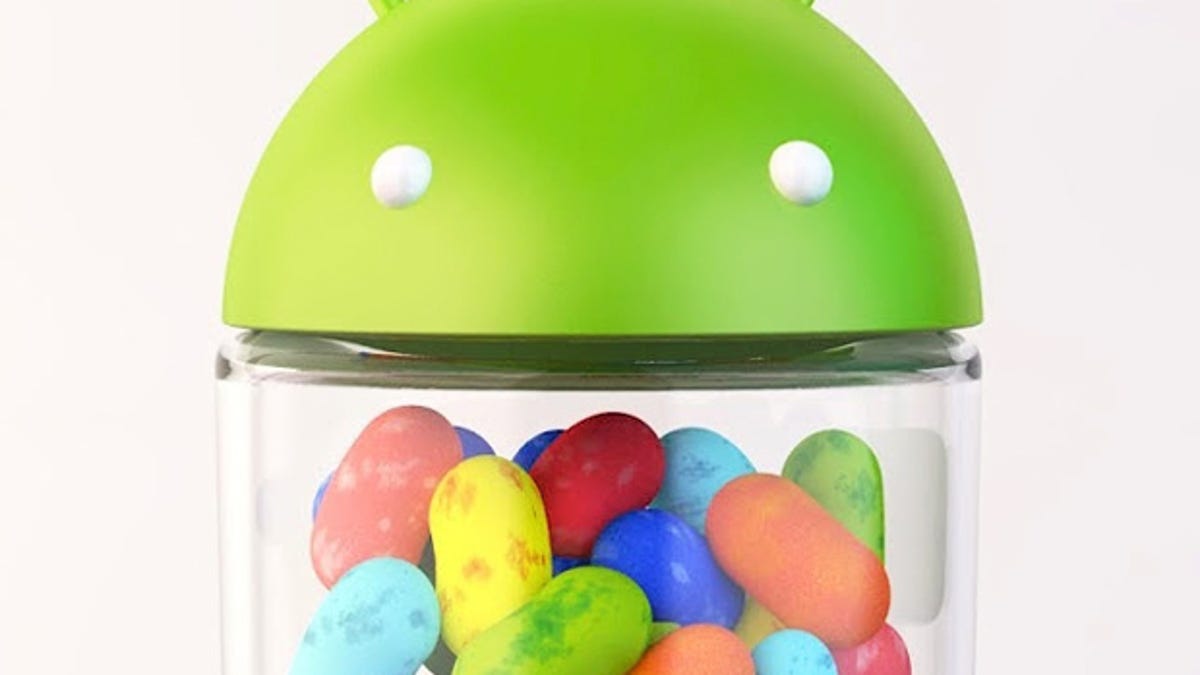Android Jelly Bean on the rise, thanks to Google's new math
Jelly Bean, or Android 4.1 to 4.2, jumps up to 25 percent of devices from 16 percent a month ago, but it's largely due to a new method of how Google collects its data.

More Android devices are gobbling up Jelly Bean, but it's largely because of a tweak in how Google calculates the adoption of its mobile operating system.
Jelly Bean, or Android 4.1 to 4.2, made up a quarter of all Android devices, according to data captured during two weeks that ended on April 2. That's an increase from 16 percent a month ago. Droid Life first spotted the data on the Android developer blog site.
Google, however, noted that for the most recent data, it used a different method of tallying up the devices. Previously, the device was counted when it checked in to Google's servers. But the company is now collecting data when a user visits the Google Play Store. It argues the data more accurately reflects users "who are most engaged in the Android and Google Play ecosystem."
Google likely changed up the way it tracks the data to better serve its developers, who are keen on seeing more information about users who are active in the Google Play Store, and correspondingly more likely to download and purchase apps.
The data, however, also underscores the continued fragmentation in the Android ecosystem, with the largest chunk of Android users, or 39.7 percent, still on Android 2.3, also known as Gingerbread. Android 4.0, or Ice Cream Sandwich, is the second most popular version with 29.3 percent of the market.

